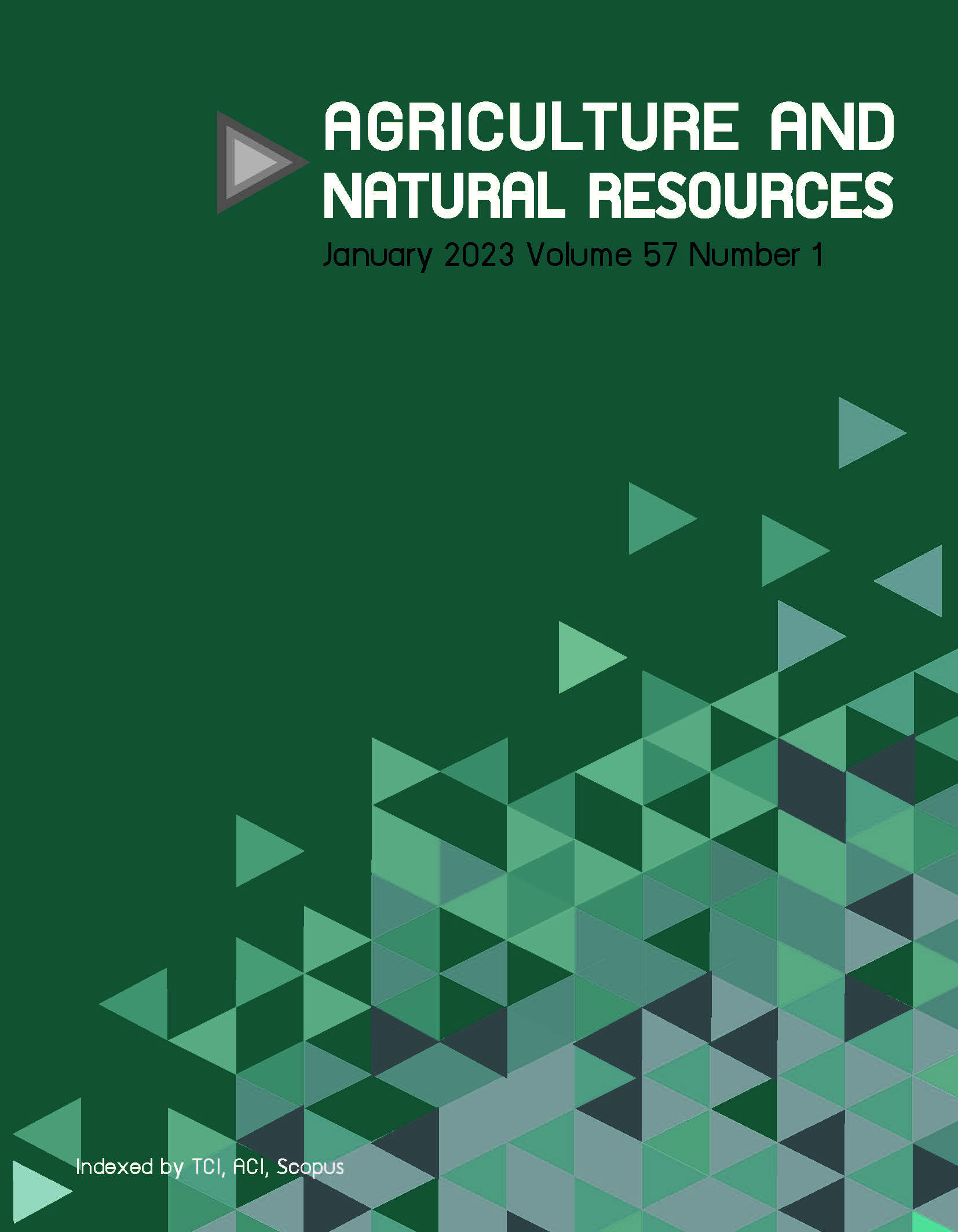Phenazine and quinolone are main compounds produced by Pseudomonas aeruginosa N1 during inhibitory interaction with Rhizopus microsporus
Keywords:
Antagonism, Antifungal, Bacterial fungal interaction (BFI), Biocontrol, Secondary metaboliteAbstract
Importance of the work: Pseudomonas aeruginosa N1 inhibits Rhizopus microsporus growth by the production of quinolone, phenazine and rhamnolipid.
Objectives: To evaluate the compounds extracted from P. aeruginosa N1 monoculture and from co-culture between R. microsporus and P. aeruginosa N1 and to observe the degree of damage caused to R. microsporus by its inhibitory interaction with P. aeruginosa N1.
Materials & Methods: The inhibitory interaction of P. aeruginosa N1 was studied based on the metabolite released during R. microsporus inhibition. The substance released during the inhibitory interaction between R. microsporus and P. aeruginosa N1 was
compared using monoculture and co-culture methods, with further analysis using liquid chromatography mass spectrophotometry (LC-MS).
Results: Based on the LC-MS analysis, quinolone, phenazine and rhamnolipid compounds were the main substances produced during the interaction between species. There was a slight difference between the detected compounds produced in monocultures and those
produced in co-culture. Specifically, 2-nonyl-4-hydroxyquinoline N-oxide and monorhamnolipid compounds were detected only in the P. aeruginosa N1 monocultures. On the other hand, the compounds 2-heptyl-4-quinolone, 1-hydroxy-2-[(2E)-2-nonen-1-yl]-4(1H)-quinolinone and 2-nonyl-3-hydroxy-4-quinolone, were detected only in co-culture.
Main finding: Quinolone, phenazine and rhamnolipid were the main compounds produced during the inhibitory interaction between P. aeruginosa N1 and R. microsporus. Furthermore, these compounds played an important role in improving antagonism against
R. microsporus. However, this may regulate differently in each strain.
Downloads
Published
How to Cite
Issue
Section
License
Copyright (c) 2023 Kasetsart Universityonline 2452-316X print 2468-1458/Copyright © 2022. This is an open access article under the CC BY-NC-ND license (http://creativecommons.org/licenses/by-nc-nd/4.0/),
production and hosting by Kasetsart University of Research and Development Institute on behalf of Kasetsart University.







